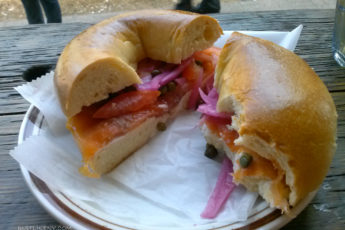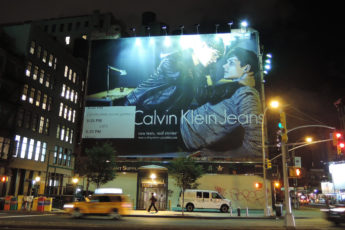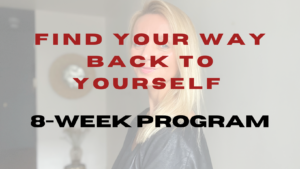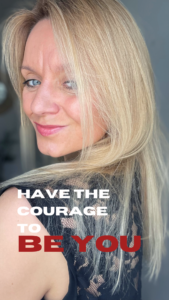Stonewall 50 – myths & the truth


I heard about a bar The Stonewall Inn before I moved to NY. Since I understood what LGBTQ was about, I was always a supporter. I’m not gay, I’m just a human being. And that’s enough in my opinion to support anyone whose rights are violated.
The Stonewall Inn bar in West Village is the most known gay bar in New York City. Not that’s the best bar, or the one we go to (I rarely go to gay clubs anymore; I rarely go out anymore anyway.)
It became a signature gay bar because it’s associated with the gay rights movement explosion. The riot that began at The Stonewall Inn on June 28th, 1969, was a marking point, and the beginning of the gay rights era. A year after the historical events, the gay parades took off and had been continuing since. Barack Obama named the Stonewall Inn the national monument. And this week we’re celebrating the 50th anniversary of that night events.
But as usual, there are a few myths and a few truths about that night in June 50 years ago. And I would like to share what I’ve learned.
Here is the story that has been circling around for years:
The gay rights movement was born in 1969 at a beloved gay bar called the Stonewall Inn.
The Stonewall Riot began when a drag queen – bereft by the death of Judy Garland – threw a brick at a police officer.
The riot culminated in a Rockettes-style kickline of drag queens facing down tactical police in riot gear.
It wasn’t quite like that. The gay rights movement didn’t begin there, there were other events before that one, and it wasn’t only in NYC.
The Stonewall Inn wasn’t a beloved gay bar, it was a kind of shit hole ran by the mafia. They said that the drinks were overpriced, watered and that there wasn’t running water at the bar, so the insiders knew not to order drinks in glasses. But there were still the times when gay people weren’t welcomed in many establishments (you could find signs like – „If you’re gay, stay away” at a front door of the bar), and The Stonewall Inn was opened to gay/drag/transgender community. They could go there and dance with each other, and that was all that mattered. They knew it’s kind of a dump, but at least „it was theirs.”
Police were clearly against it back then, and were invading bars and arrest people „who weren’t dressed or acted according to their gender.” (it still makes me sick)
The brick thing isn’t entirely accurate, either. There is no evidence of any brick. Some people confirmed some stones threw at the bar, but there wasn’t any brick or a shot glass (another myth) involved.
There wasn’t also any specific drag queen who started everything. Two names are associated with that event – Marsha P. Johnson and Sylvia Rivera. Both transgender who were activists and were hugely involved with the whole movement, but they didn’t start it (Marsha admits in an interview that she got there at 2am when the riot was already on.) There was one lesbian who was ahead of the crowd, talking to people and encouraging them to stand up for themselves; her identity is not known, though.
Judy’s Garland funeral wasn’t the reason why it all started. It started, because „enough was enough,” and as one of them said: „There is only a certain amount of shit that you can eat.” It was one of those things when the anger and the rights to be treated as human beings came together and exploded.
And another thing – it wasn’t a riot. It started as a fun event outside of the bar, they’re dancing, and then it started getting more significant. It was more a rebellion than a riot.
It didn’t culminate in the Rockettes-style kickline of drag queens facing the police, and it lasted for 3-4 days.
As all of the historian and those who actually were part of the riot say – it truly doesn’t matter who threw what, and what was the real reason it started. The most important is that it happened. And that it formed The Gay Liberation Front two weeks later, and gays began demanding their rights..
A year after that night a gay parade took off, but not only in NY, but in three major cities NYC, San Francisco, and Los Angeles. People were marching and asking for their rights. And it continues till today.
The reason why I’m dividing myths from truth is that I agree with one of the people who were there that night: „If people start telling stories not as they were, but as they would like them to be, that procedure can be used by anybody by any purpose.” I prefer to talk about things as they are, and not put too much glitter on it (that’s the reason why I’m not a huge fan of „Bohemian Rapsody” movie.)
There is an improvement, but there is also a lot to be done. I can’t believe that we still have to explain why LGBTQ rights matter.
I’ve always believed that there is only one way of living – to let others live the way they want to. And if you still don’t get it – educate yourself. It’s not a matter of „preferences” and „beliefs” anymore, it’s about education. Read about it, watch some YouTube videos, as I just did, and understand why it’s important to let another human being live the life they were set to live.




In the end, love will always win. And I want you to be part of that, and not standing like a fool on another side of a barricade. At some point, you might stand there by yourself.
Free exhibition at The National Public Library, 5th Ave & 42nd Street





